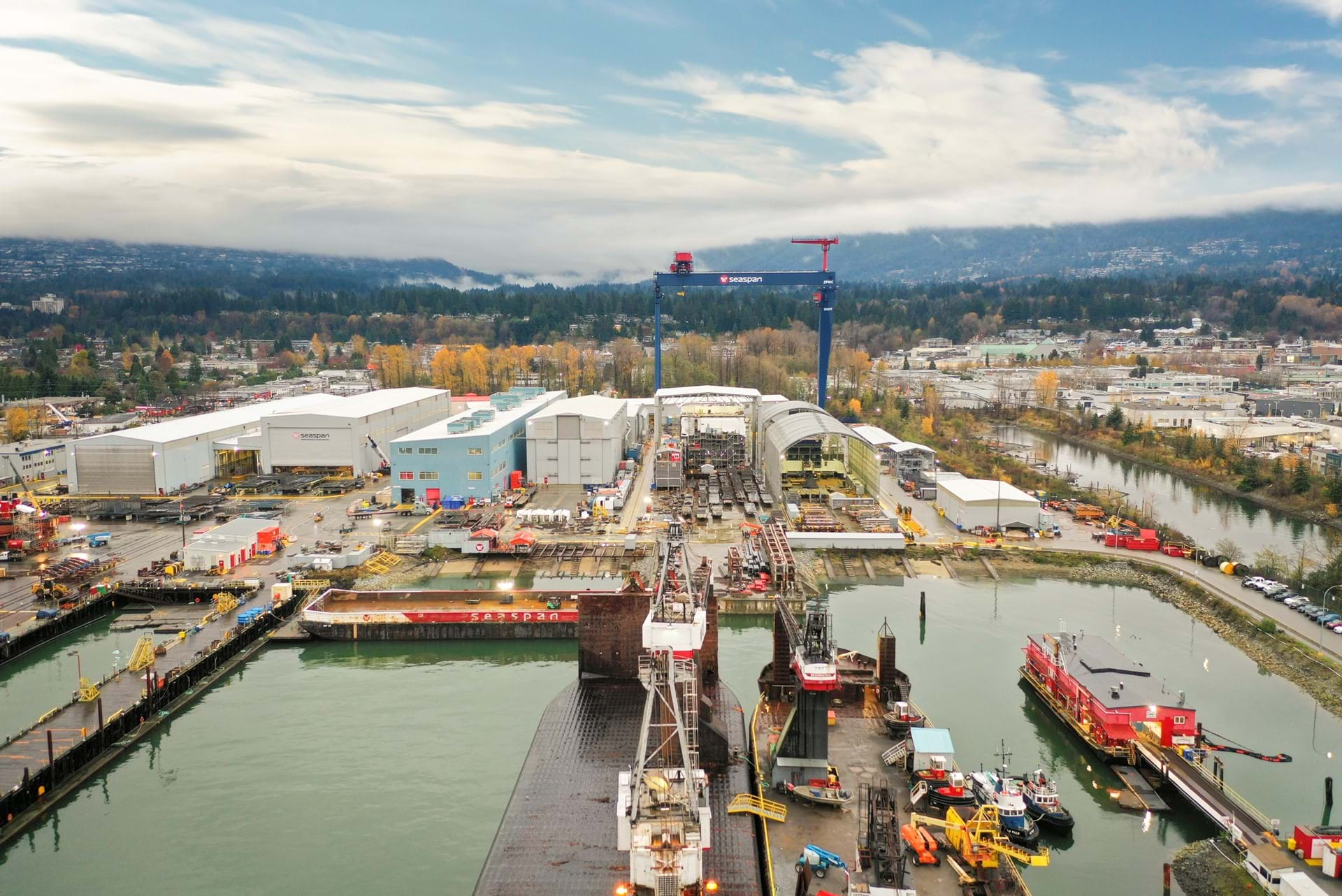
Standalone criteria for Green Marine Shipyards
Collaborative approachShipyards participating in Green Marine now have their own set of environmental performance indicators rather than continuing to share the criteria for terminals. The standalone criteria were established in time for shipyards to use for the evaluation of their 2023 performance.
“It’s exciting because this change has been driven by the significant growth and enthusiasm of shipyard participants in the program,” notes Brittney Blokker, the Green Marine program manager who has been overseeing the shipyard working group’s efforts.
Kevin Bartoy, the chief sustainability officer at Washington State Ferries actively involved in the working group, welcomes the new indicators being exclusively for shipyards. “It’s a clear reflection of Green Marine’s successful maturing that we now have enough shipyards in the program to be able to do this,” he says.
And it will be great to be able to focus specifically on the environmental priorities for shipyards going forward and be recognized for these efforts.
Warranted numbers
Shipyard membership has increased by 50% over the last calendar year alone, which parallels a resurgence in North American shipyards. “In the United States, particularly under the current federal administration, the U.S. Maritime Administration increasingly considers the environmental aspects of shipyard’s grant applications,” Blokker notes. “That might fluctuate in the future, but we’re definitely seeing more interest by government in greener policies.”

There’s also been an increased demand by our shipyard membership for more guidance on improving the sustainability of their operations.
Daryl Lawes, Seaspan’s senior manager for environment, is among those pleased about shipyards now being in their own membership category in terms of performance indicators.
Green Marine has provided us with a great template to continue to improve our environmental performance year over year.
“So we’re looking forward to Green Marine’s future direction in terms of increasing the environmental sustainability of our shipyards,” he says.
Although most of the criteria for terminals were applicable to shipyards, there were some notable exceptions, such as the requirement to minimize cargo residues.


A series of meetings were held by the shipyard working group between April and October 2022 to ensure the standalone criteria applied specifically to shipyards. The indicators were approved by Green Marine’s board of directors this spring.
“We now have a solid foundation of indicators that apply exclusively to shipyards with a few new goals as well,” Blokker says.
The biggest change relates to the indicator on greenhouse gas emissions. “The shipyard participants opted to set the Level 4 reduction targets on track to achieve carbon neutrality by 2050, which is a huge shift and example of this group coming together to set ambitious goals,” Blokker explains.
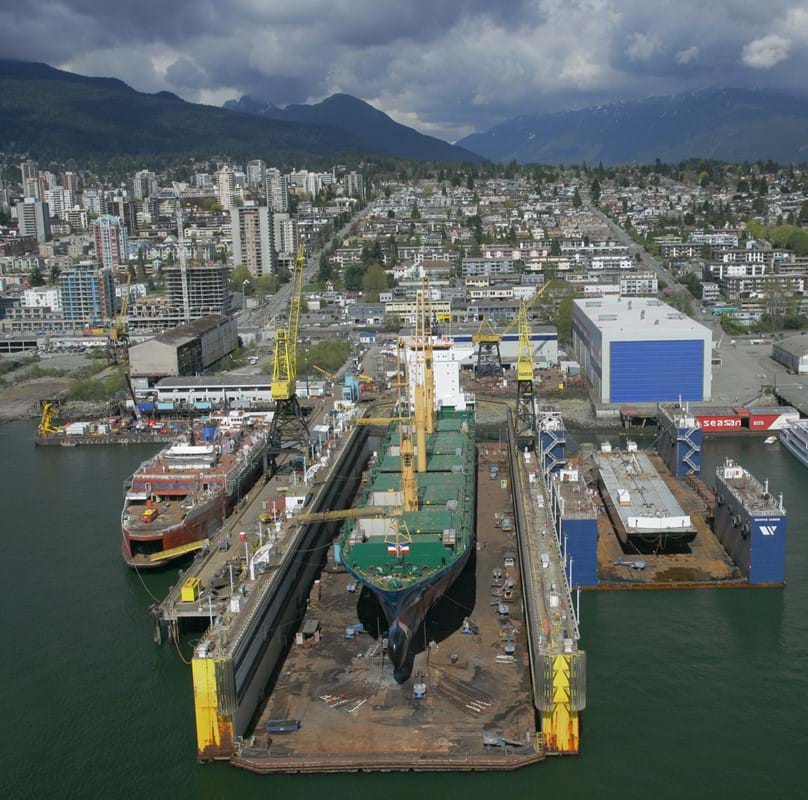
Seaspan shipyards
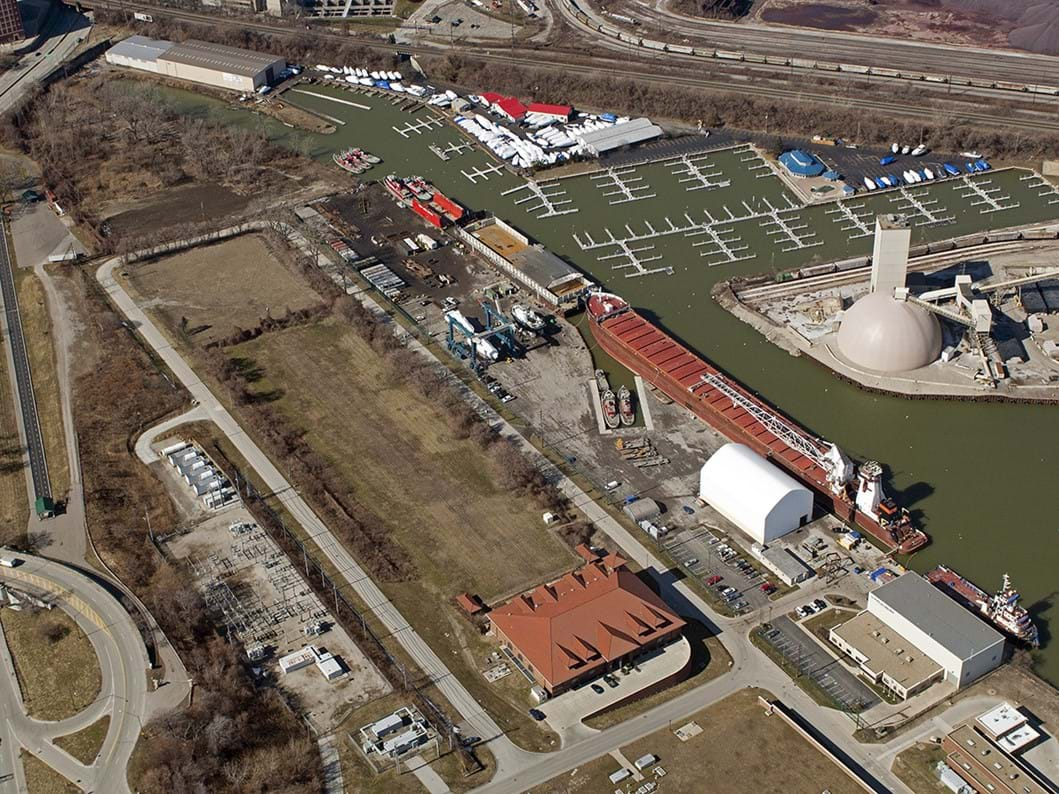
Great Lakes shipyards
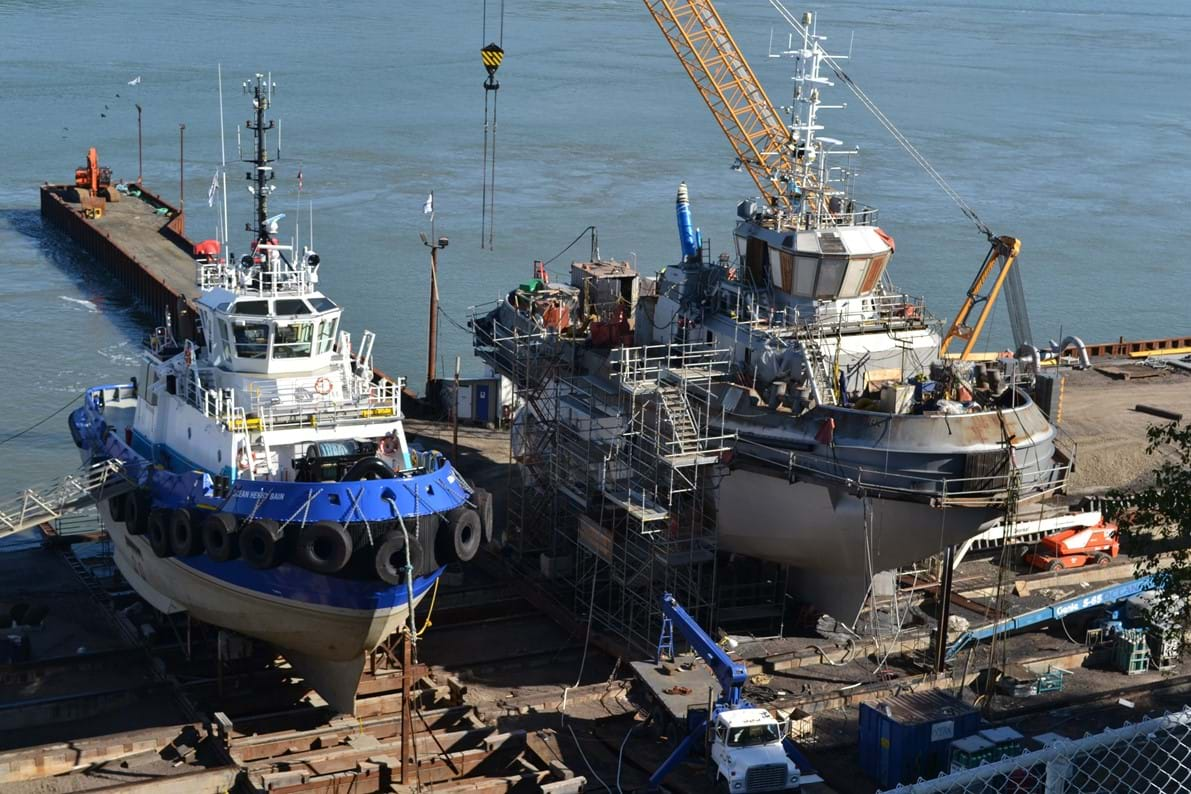
Groupe Océan - Industries Océan
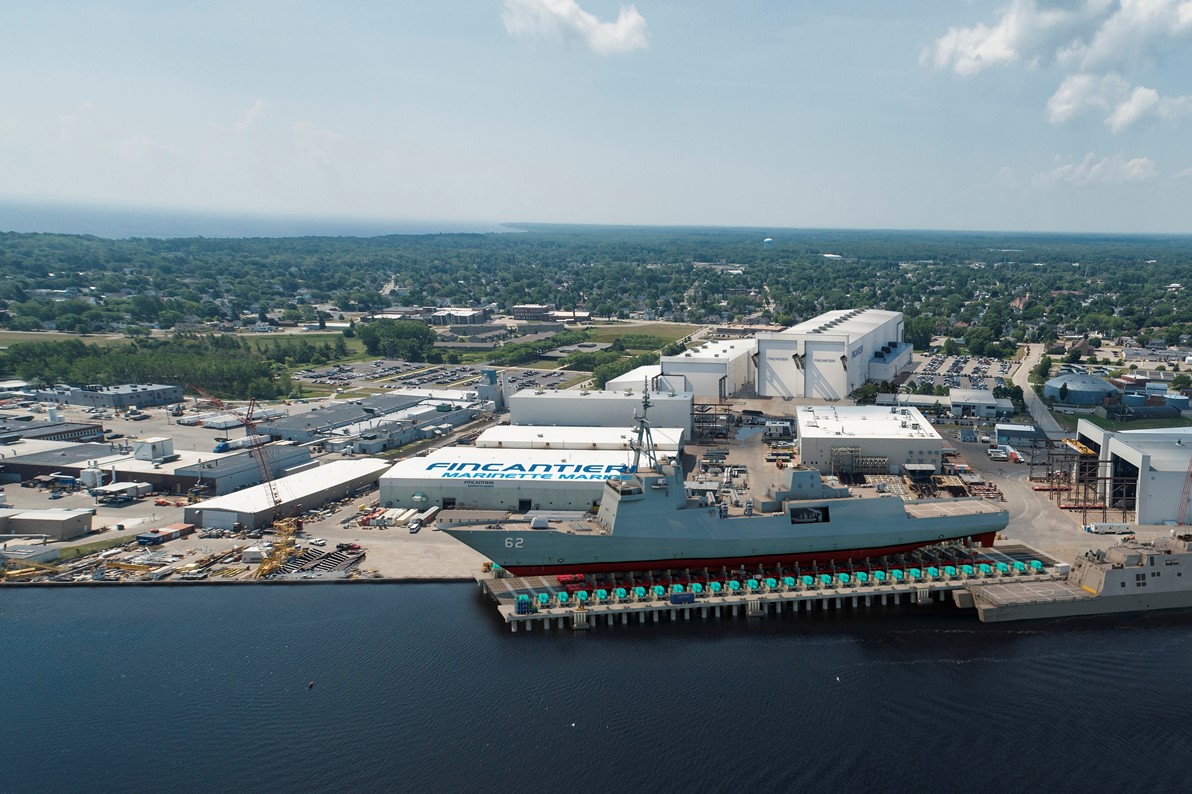
Fincantieri Marinette Marine
New possibilities
A clean base now also exists to add new performance indicators in due course. The working group is already discussing some of the environmental issues arising from shipyard activities that are not yet addressed by the program.
“The first area will likely be the air emissions associated with the removal or application of coatings,” Blokker says. “We’re talking about the sandblasting, painting and other coating processes that routinely take place at shipyards.”
Shipyard participants also want to look at the handling of hazardous waste materials.
A lot of fuels, oils and lubricants are removed from vessels that aren’t yet really addressed in the existing performance indicator on waste management.
Community relations have been another raised issue. “Shipyards were historically in industrial areas surrounded by other industries, but we’re increasingly seeing them surrounded by residential neighbourhoods as people seek to live near waterfronts,” Blokker says. “This is a different relationship to manage, and shipyards are looking for some more guidance on that front.”
Blokker, who joined Green Marine’s staff in September 2021, praises the working group for being so enthusiastic in sharing best practices. “It’s a diverse working group, well balanced with U.S. and Canadian members, and new and long-time participants – all eager to network, discuss issues, and share information and ideas,” she says. “They’re also helping to spread the word to other shipyard operators about the environmental guidance and recognition obtained for environmental efforts made through the Green Marine program.”
Coordination with Europe
Blokker is working closely with Green Marine colleague Véronique Trudeau to ensure that the North American certificate program evolves in tandem with Green Marine Europe’s brand-new performance indicators for shipyards.
“Green Marine Europe also created a working group last year to start developing indicators for shipyards,” Trudeau relates. “That working group with representatives from shipyards, their association members, as well as environmental organizations, is looking at what Green Marine in North America is doing to adapt a parallel framework, while making sure that Levels 2 through 5 each goes sufficiently beyond European regulations.”
Some of the proposed North American criteria has already been found to be required by law in Europe, but the criteria will otherwise remain as identical as possible.
It’s important to keep collaborating so that the two programs address the same issues in the same ways as much as possible.
Blokker appreciates the second set of eyes on the performance indicators from the Green Marine Europe working group. “We’ve already made some revisions to the North American program based on the European input,” she says. “Our European counterparts are very interested in conducting lifecycle assessments for benchmarking progress and we might at some point borrow from their work on this front.”
Learning from each other is one of Green Marine’s strong points, according to Bartoy. “I’m really happy about Green Marine’s expansion into Europe, because whether in Canada, France, Italy or the United States, shipyards face many of the same issues,” he says. “It’ll be great to have a broader range of ideas and experience in dealing with common issues.”
___________________
READ MORE ON THIS TOPIC:
Maintenance / repair facilities undertake various measures to minimize operational footprint
Green Marine Europe works in partnership with North American program to establish indicators
